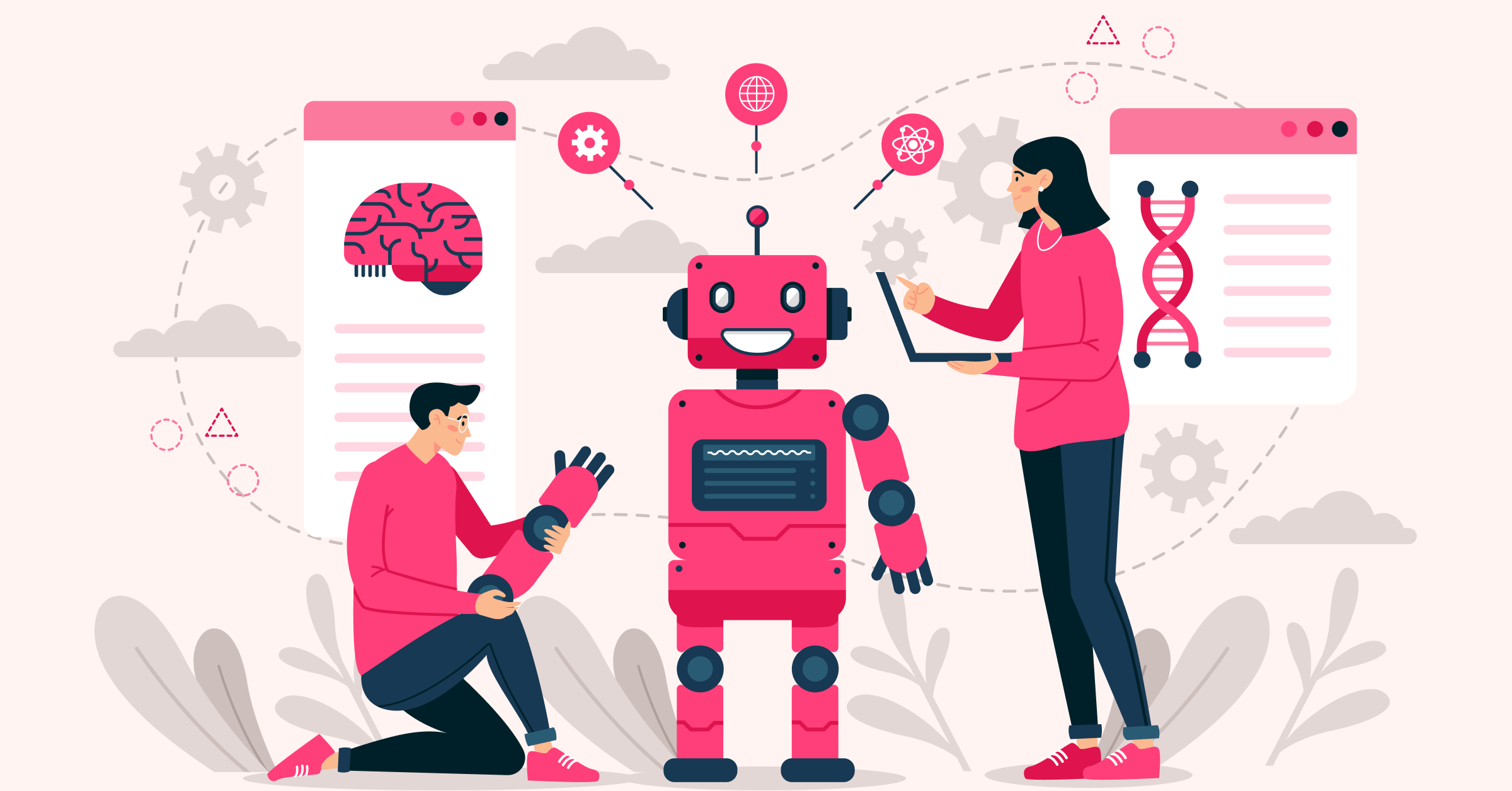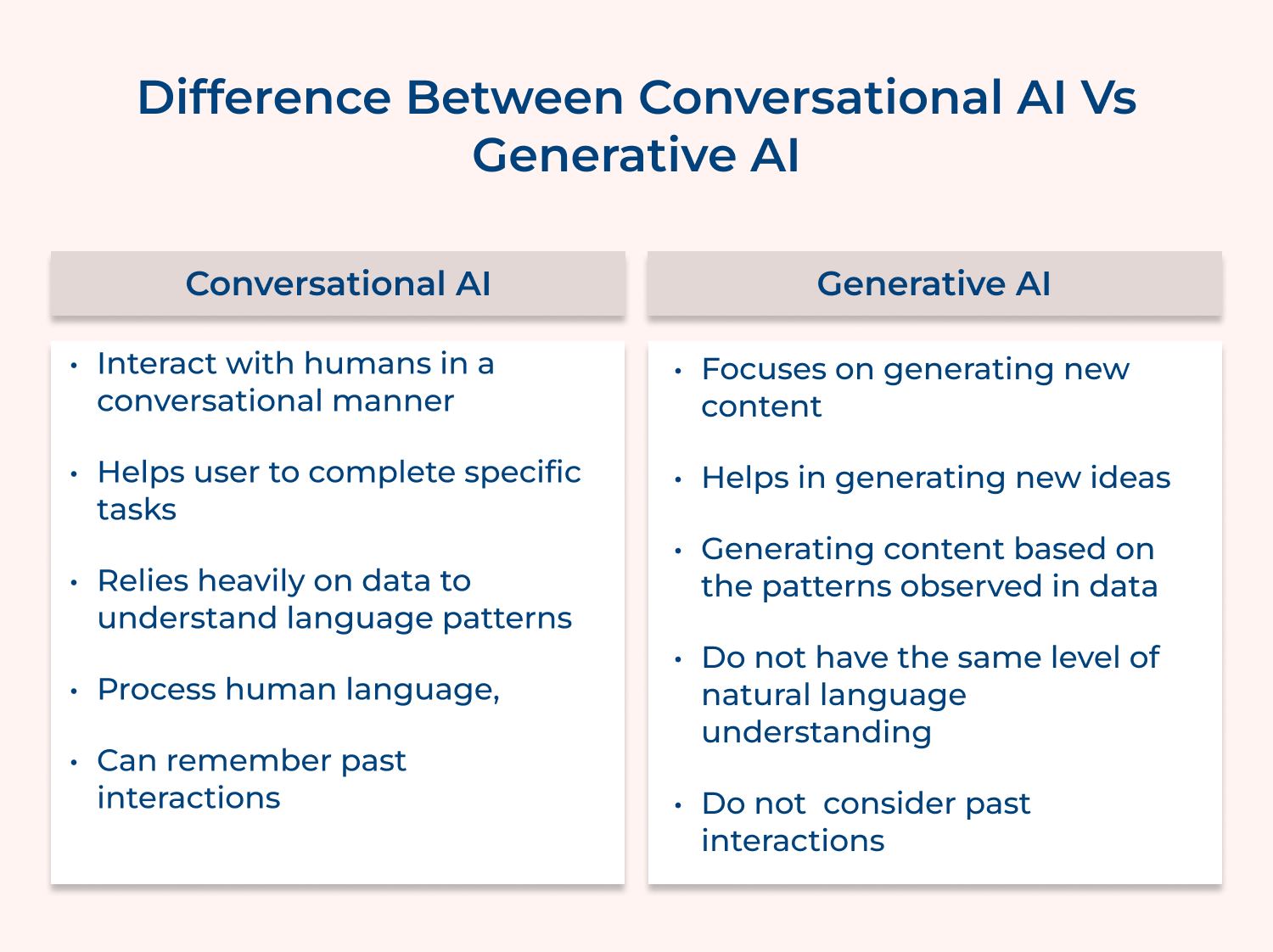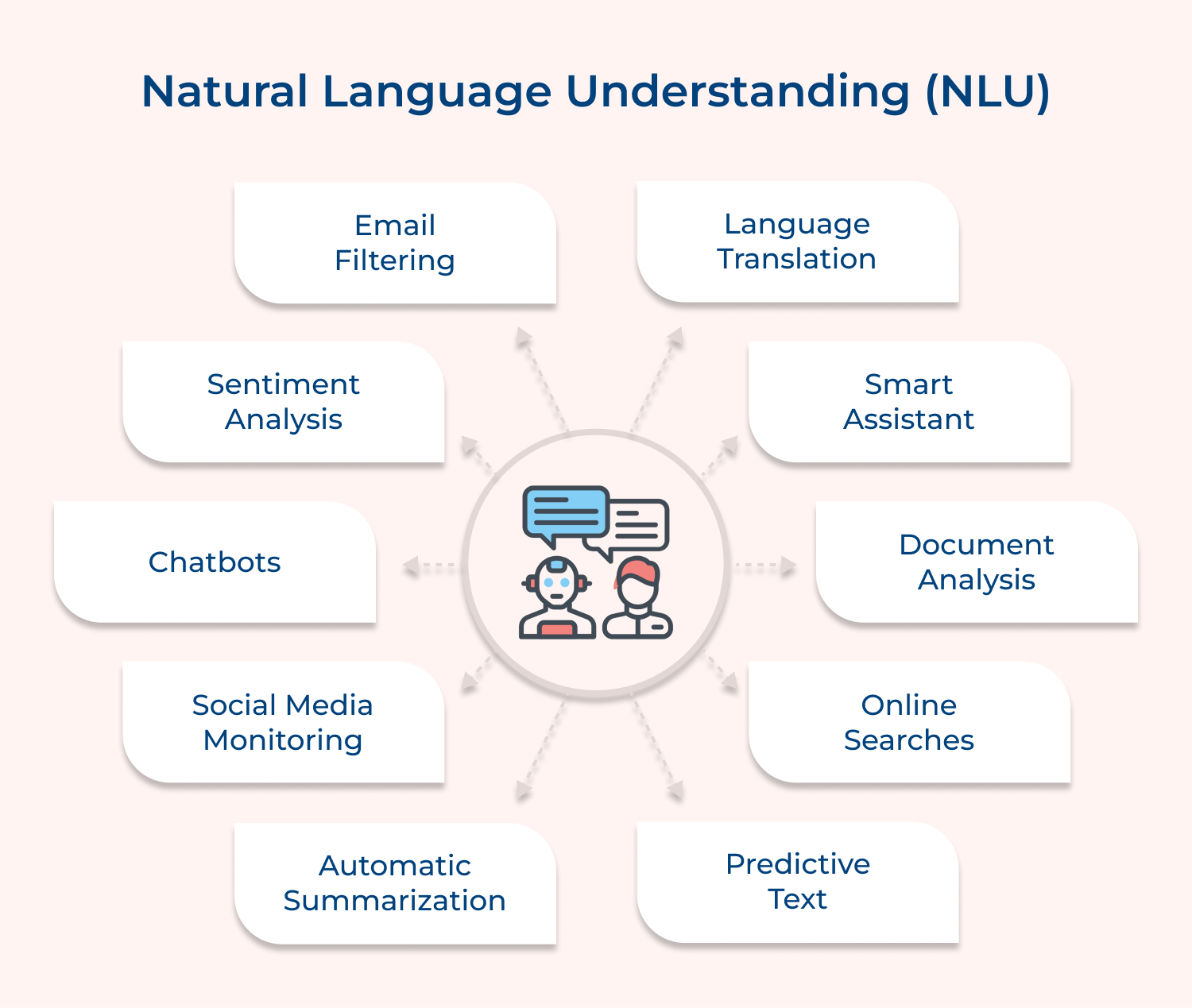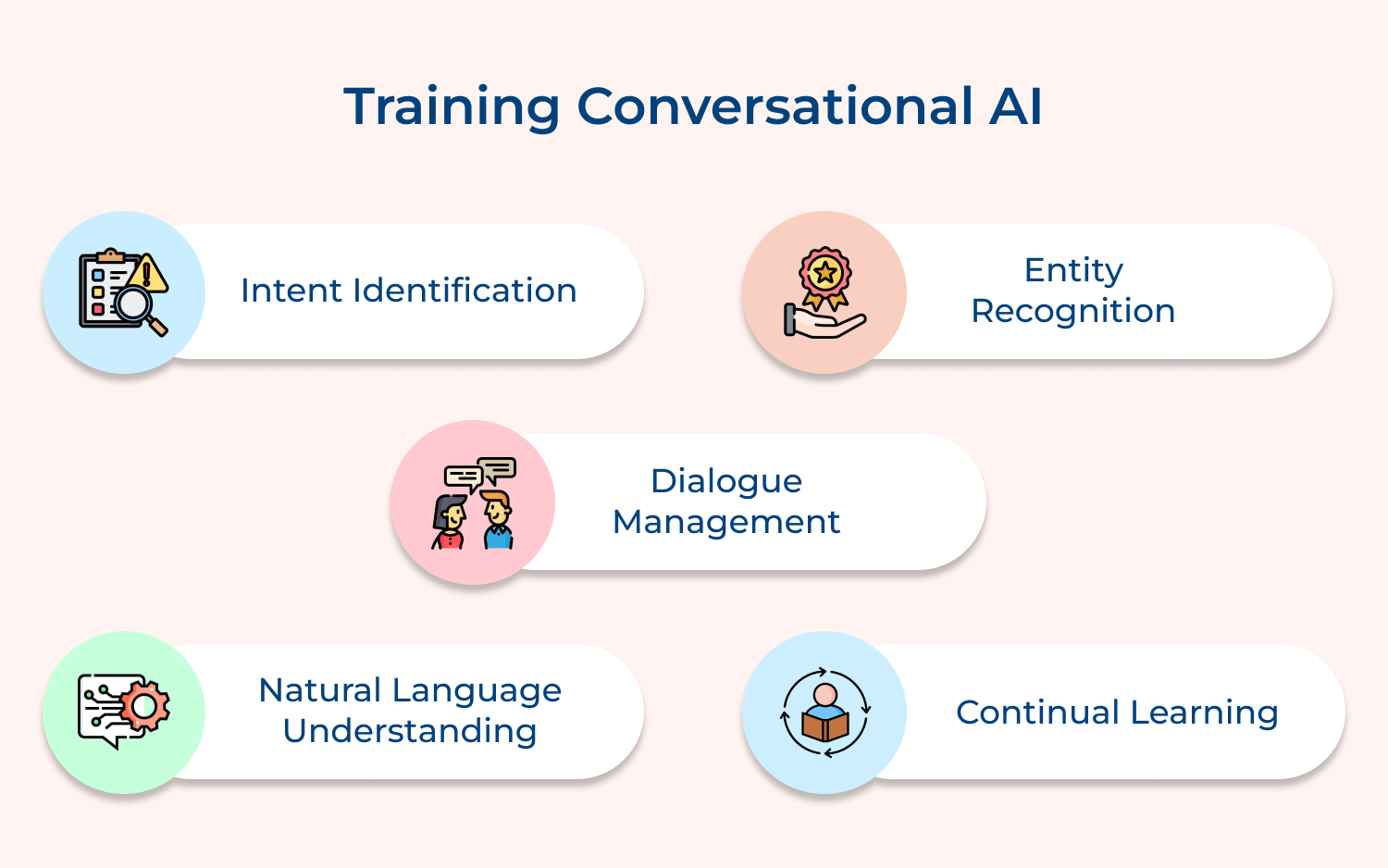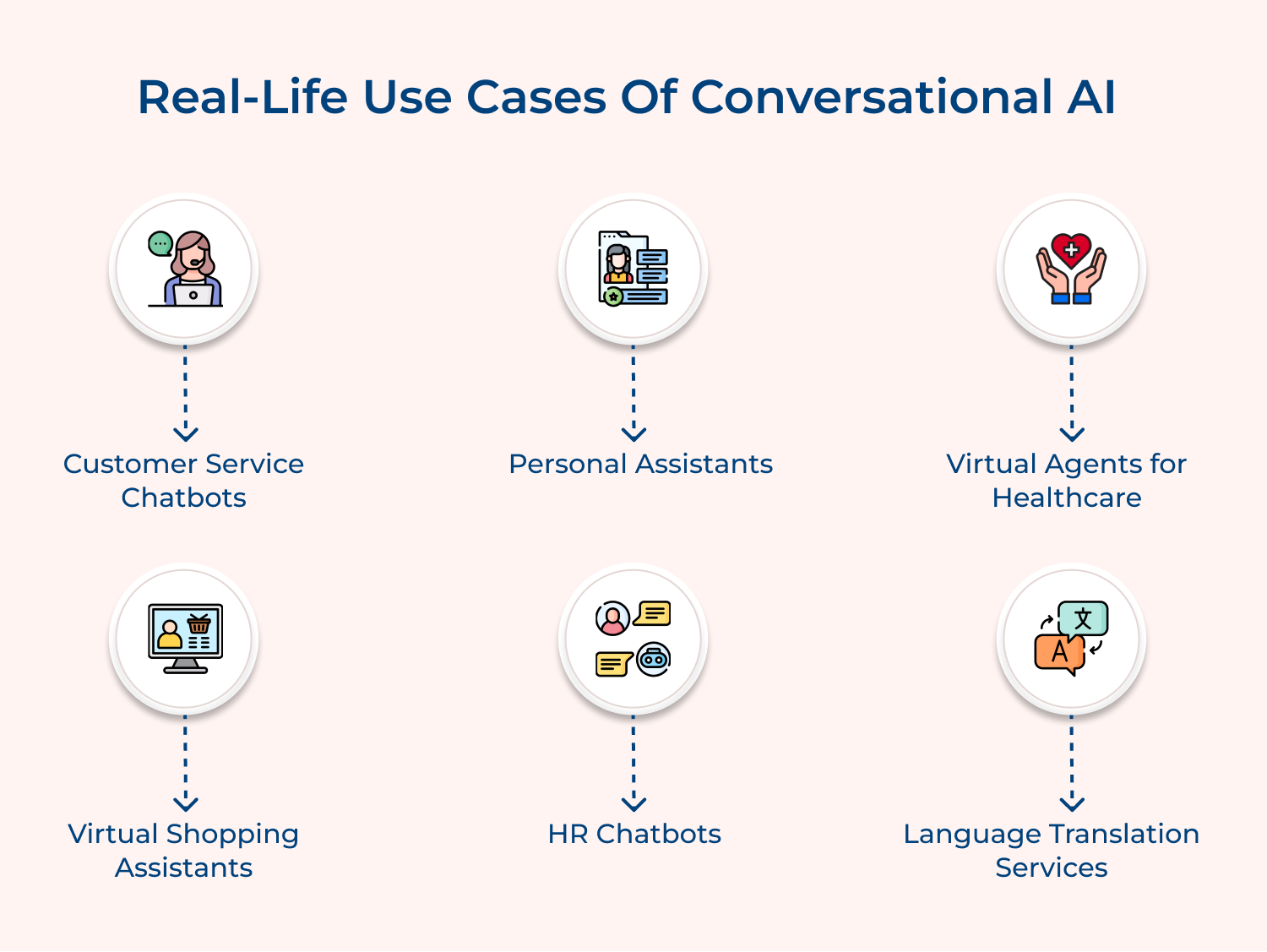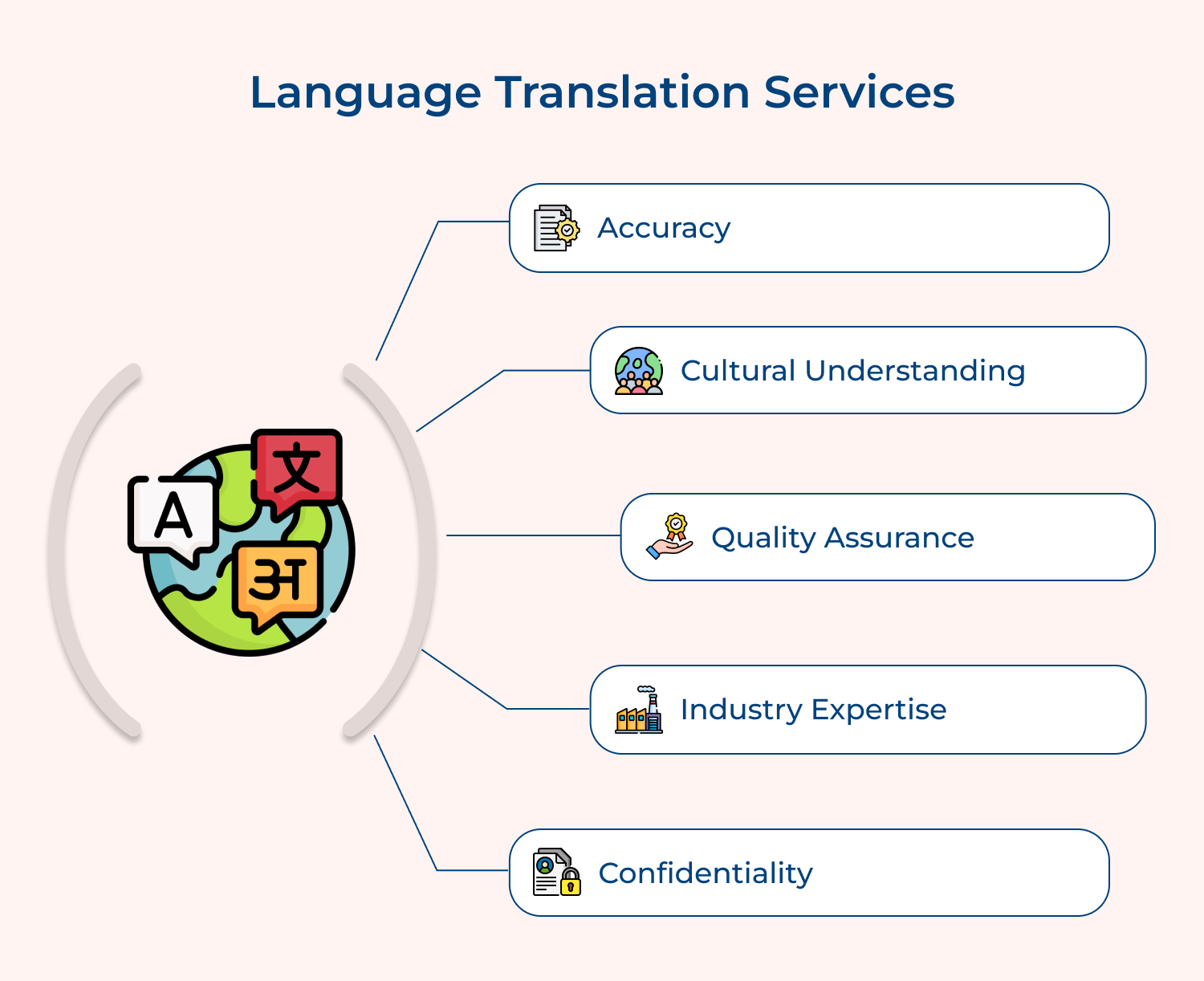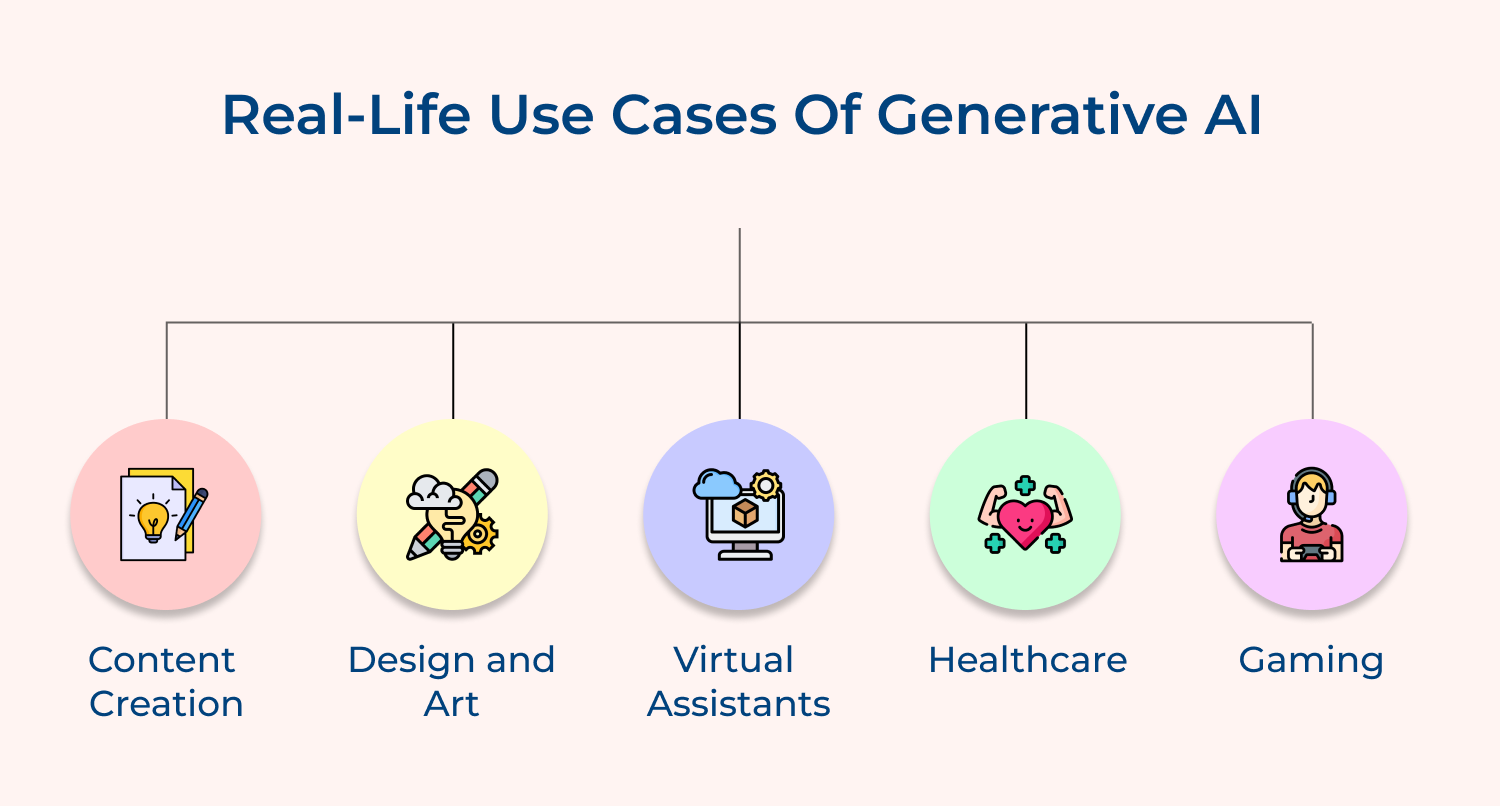- Customer Service Chatbots
One of the most common uses of conversational AI is in customer service chatbots. These virtual assistants are able to answer customer queries, provide product information, and even assist with purchases. By using natural language processing, chatbots can understand and respond to customer inquiries in a prompt and efficient manner.
Personal assistants like Siri, Alexa, and Google Assistant are powered by conversational AI technology. These virtual assistants can help users with a variety of tasks, such as setting reminders, answering questions, and controlling smart home devices. As the technology continues to advance, personal assistants are becoming more sophisticated and capable of handling more complex tasks.
- Virtual Agents for Healthcare
In the healthcare industry, virtual agents powered by conversational AI can be used to provide information, answer questions, and even offer medical advice. These virtual agents can help patients schedule appointments, refill prescriptions, and access medical records. By leveraging conversational AI, healthcare providers can improve patient engagement and deliver more personalized care.
- Virtual Shopping Assistants
Retailers are using conversational AI to enhance the shopping experience for customers. Virtual shopping assistants can help users find products, make recommendations, and process orders. These virtual assistants can also provide personalized shopping recommendations based on a user’s preferences and past purchase history.
HR departments are utilizing conversational AI to improve internal processes and streamline employee interactions. HR chatbots can handle common HR-related inquiries, such as benefits information, vacation requests, and onboarding procedures. By automating these repetitive tasks, HR chatbots free up human resources professionals to focus on more strategic initiatives.
- Language Translation Services
